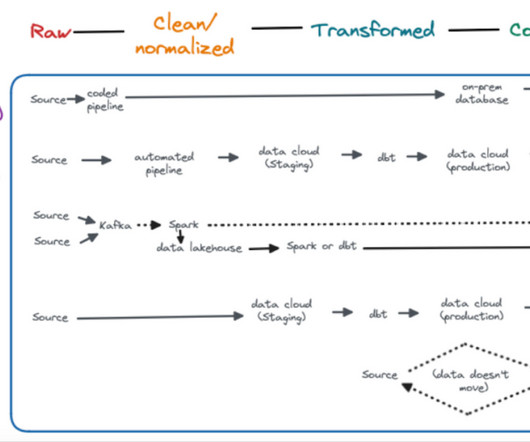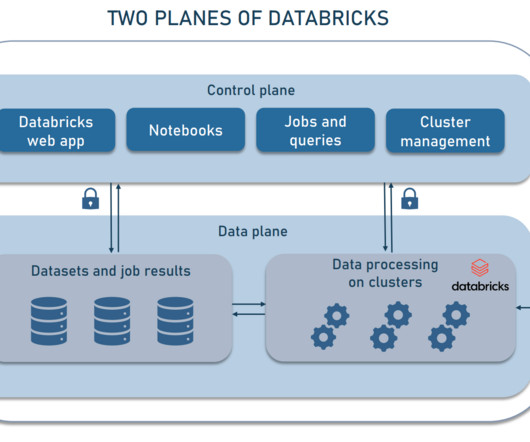The Future Is Hybrid Data, Embrace It
Cloudera
JUNE 7, 2022
We live in a hybrid data world. In the past decade, the amount of structured data created, captured, copied, and consumed globally has grown from less than 1 ZB in 2011 to nearly 14 ZB in 2020. Impressive, but dwarfed by the amount of unstructured data, cloud data, and machine data – another 50 ZB.




















Let's personalize your content